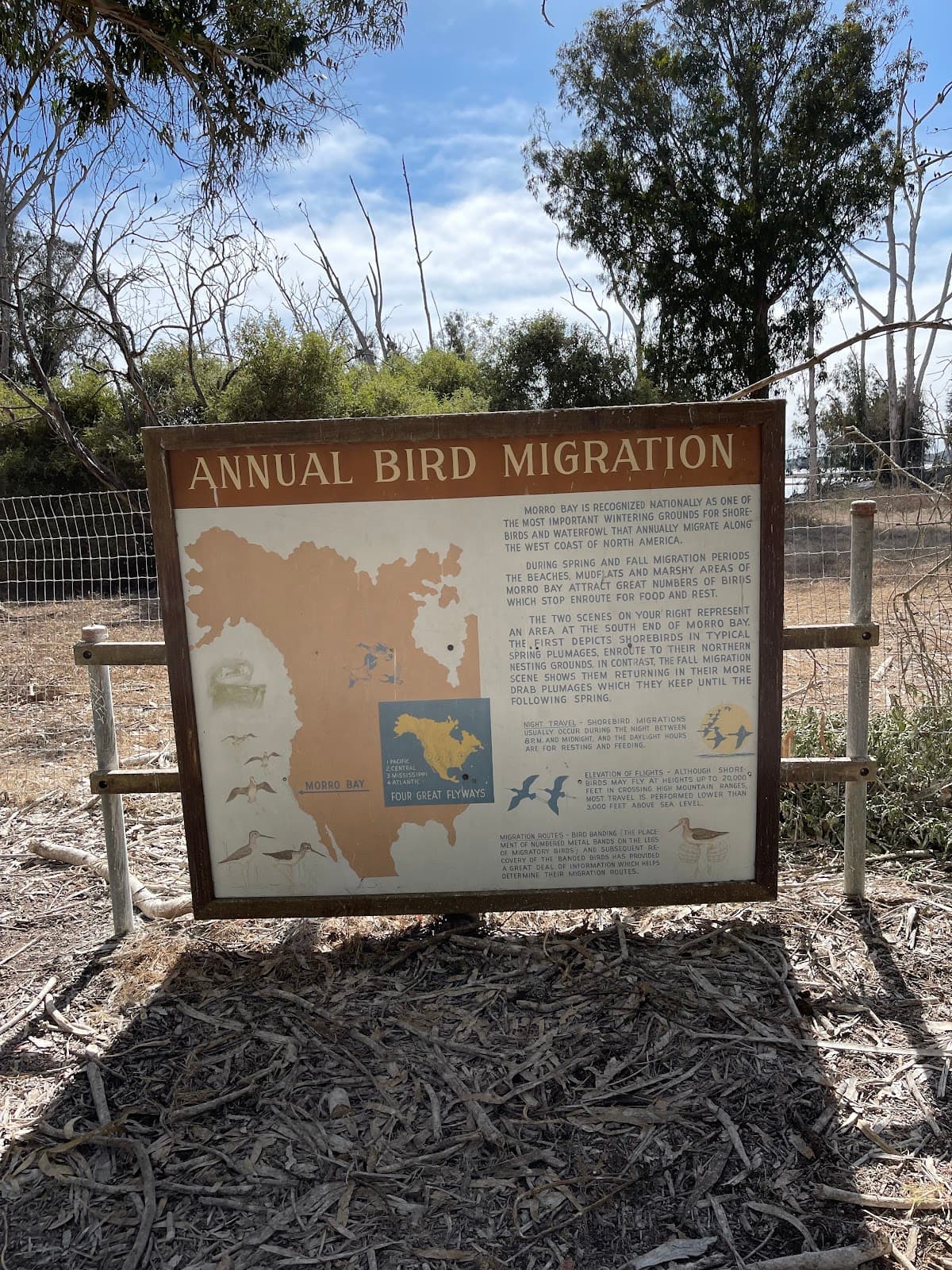
Heron Rookery Natural Area
A hidden gem where hundreds of nesting birds, from herons to egrets, create a magical spectacle. Observe juveniles and diverse avian life in a protect...
Highlights
Must-see attractions
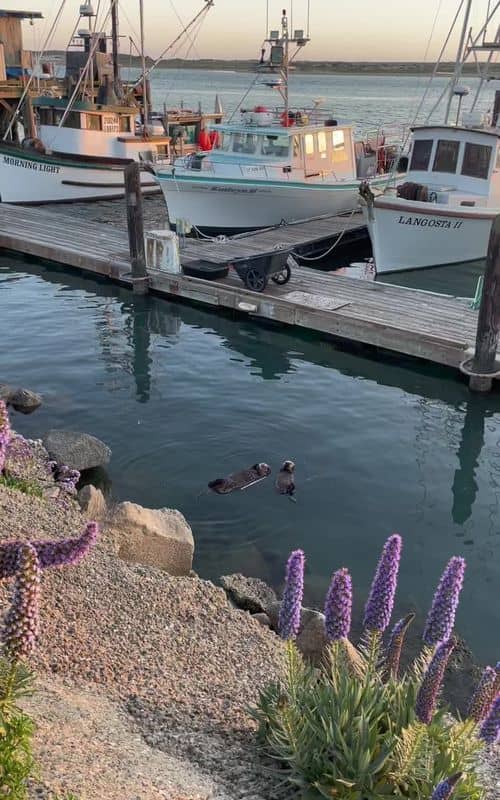
Social
From TikTok & Reddit
Best Time
Peak nesting season

Heron Rookery Natural Area
Best Time
Peak nesting season
Highlights
Must-see attractions
A hidden gem where hundreds of nesting birds, from herons to egrets, create a magical spectacle. Observe juveniles and diverse avian life in a protected coastal habitat.
"Very cool to see the hundreds of nesting birds of all types in the trees. Magical!"
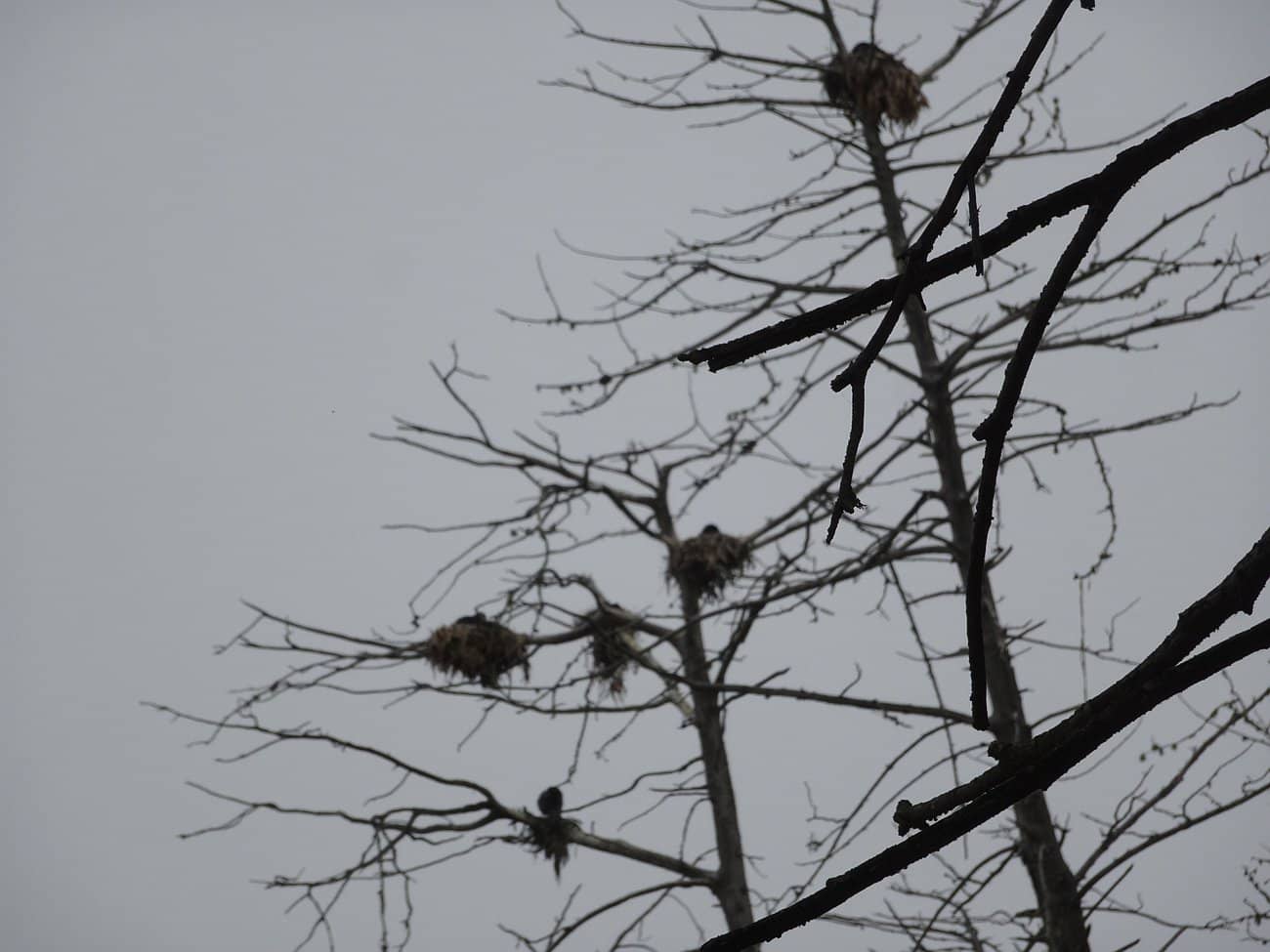
👟 Watch Your Step!
Sections of the trail can have bird droppings. Be careful where you walk and look up!
🦤 Respect Fenced Areas
Do not enter fenced nesting zones to protect the birds and their young.
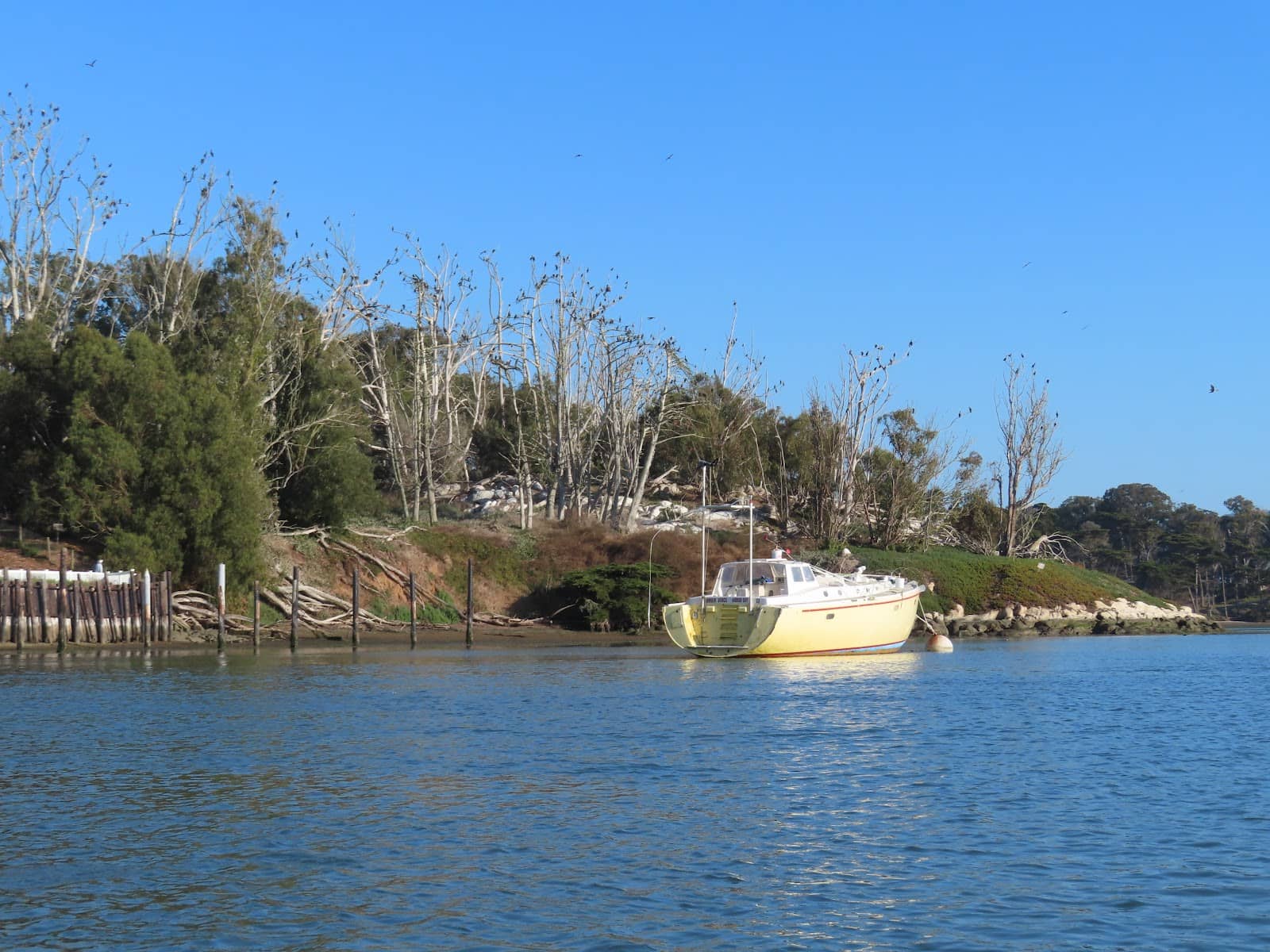
Highlights
Discover the most iconic attractions and experiences

Nesting Bird Spectacle
Witness hundreds of nesting birds, including herons, egrets, and cormorants, in their natural habitat. A truly magical sight!

Juvenile Bird Activity
Observe young birds, nearly as large as their parents, still seeking food. It's a fascinating glimpse into the life cycle.
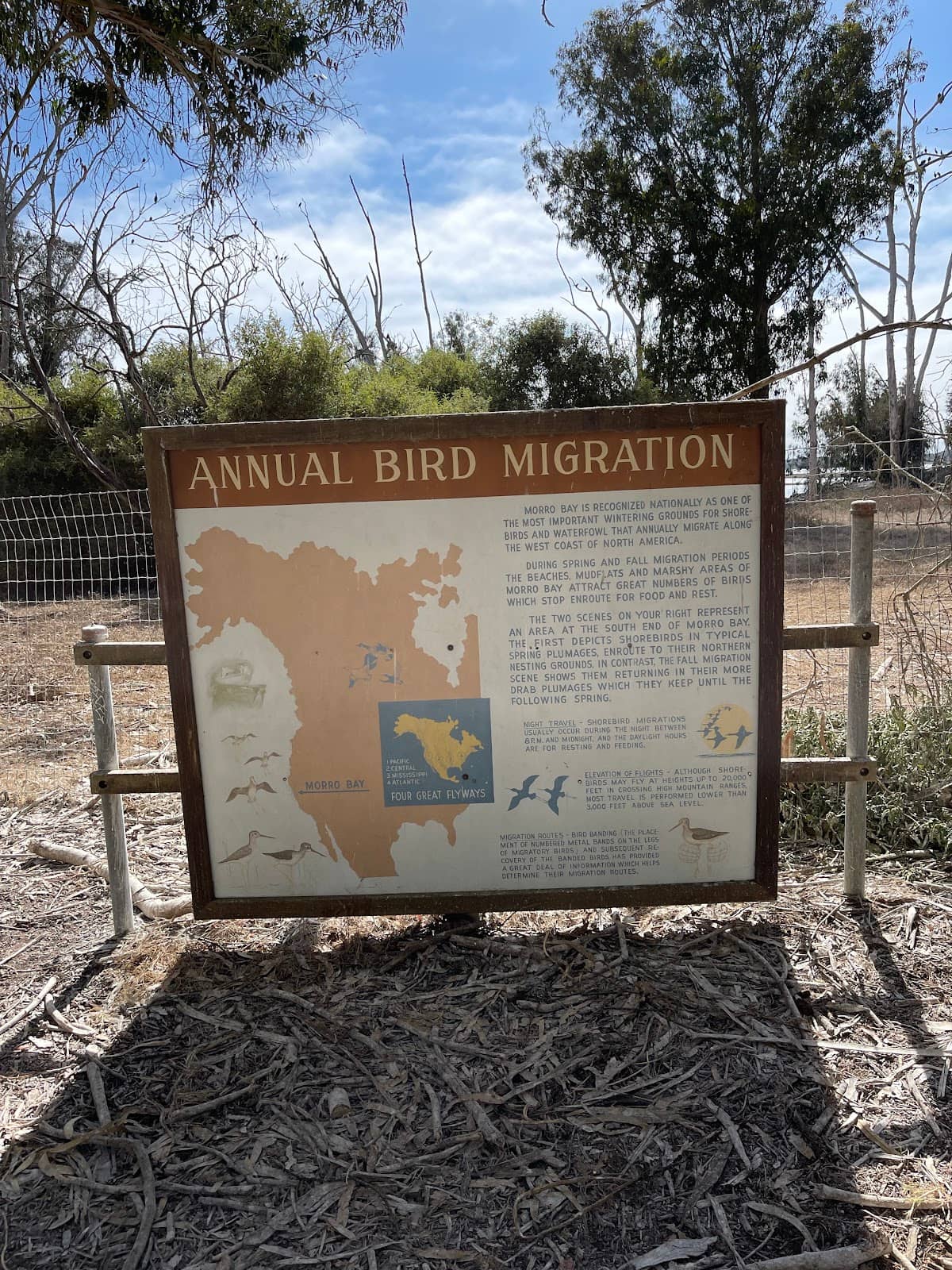
Proximity to Natural History Museum
Easily accessible from the Museum of Natural History, combining wildlife viewing with educational exhibits.
Plans like a pro.
Thinks like you
Planning Your Visit
Timing is Key for Birdwatching
Trail Etiquette & Bird Droppings
Best Times
Insider Tips
from TikTok, Instagram & Reddit
👟 Watch Your Step!
Sections of the trail can have bird droppings. Be careful where you walk and look up!
🦤 Respect Fenced Areas
Do not enter fenced nesting zones to protect the birds and their young.
🌫️ Expect Coastal Fog
Summer mornings can be foggy, which adds to the atmosphere but can obscure views.
🚶♀️ Trail Access
Park at the small turnout or walk from the Museum of Natural History.
Tips
from all over the internet
👟 Watch Your Step!
Sections of the trail can have bird droppings. Be careful where you walk and look up!
🦤 Respect Fenced Areas
Do not enter fenced nesting zones to protect the birds and their young.
🌫️ Expect Coastal Fog
Summer mornings can be foggy, which adds to the atmosphere but can obscure views.
🚶♀️ Trail Access
Park at the small turnout or walk from the Museum of Natural History.
What Travellers Say
Reviews Summary
Visitors describe the Heron Rookery as a 'magical' and 'cool cozy place' to witness hundreds of nesting birds. While the trail can be messy with droppings, the sight of juveniles and diverse bird species makes it a worthwhile stop, especially when combined with the nearby Natural History Museum.
"A little hidden gem along the state park road. There's a tiny turnout/parking lot that fits a handful of cars. Very cool to see the hundreds of nesting birds of all types in the trees. Yes, sections of the short trail are covered in bird droppings, so be careful when looking up to see the birds above you. You can follow the trail in either direction from this turnout, or walk to the Rookery from the Museum of Natural History.
Magical!"
Marcel Stieber
"We are at the reserve early in July. There are still so many nests. I'm not sure if they are nesting all year round. The juveniles (great blue heron, cormorant, night-capped heron, great egret, turkey vulture) are as big as their parents. Yet, they still call out to their parents for food. It's fenced to prevent people from walking into the nesting area. A local lady told us that it's topically foggy during this time of the year."
Thien An
"Cool Cozy Place. Lots of birds"
Andrei Polezhaev (Vova Pupin)
What People Like
What People Dislike
Frequently Asked Questions
🚇 🗺️ Getting There
The Heron Rookery Natural Area is located along the state park road in Morro Bay. There's a small turnout/parking lot that fits a few cars. Alternatively, you can walk to the rookery from the Museum of Natural History.
Yes, the Heron Rookery is situated within the Morro Bay State Park area, offering a natural extension to your park visit.
🎫 🎫 Tickets & Entry
Typically, access to natural areas like the Heron Rookery within state parks is free, though parking fees may apply for the general park area. It's always best to check the official California State Parks website for the most current information.
As a natural area, it's generally accessible during daylight hours. However, to avoid disturbing nesting birds, it's best to visit during reasonable daylight hours, especially early morning or late afternoon.
🎫 🦤 Onsite Experience
You can expect to see a variety of nesting birds, including Great Blue Herons, cormorants, Great Egrets, and Turkey Vultures. Juveniles are often present during the nesting season.
The trail is described as short and can be uneven. Be aware that sections may be covered in bird droppings, so sturdy footwear is recommended.
The peak nesting season is typically in the spring and summer months, where you can observe many nests and juveniles.
No, the nesting areas are fenced off to prevent disturbance. This ensures the safety and well-being of the birds and their young.
Wear comfortable walking shoes, as the trail can be uneven and potentially slippery due to bird droppings. Layers are also advisable due to potential coastal fog.
For Different Travelers
Tailored advice for your travel style
👨👩👧 Families with Kids
Practical tips for families: Wear sturdy shoes that can handle potential mess from bird droppings. Keep a close eye on children to ensure they stay on the trail and respect the fenced-off nesting areas. Bring binoculars if you have them, as they can enhance the viewing experience for little ones. The short trail makes it manageable for younger children, and the visual spectacle is usually captivating enough to hold their attention.
🐦 Birdwatching Enthusiasts
Tips for birdwatchers: Bring your best binoculars and a field guide to identify the species you encounter. Visit during the early morning or late afternoon for the most active bird behavior. Be prepared for varying weather conditions, including fog, which can sometimes add to the atmospheric appeal of coastal birding. Remember to be quiet and move slowly to avoid disturbing the birds.
Deep Dives
In-depth insights and expert knowledge
Understanding the Heron Rookery Ecosystem
Conservation Efforts are crucial for maintaining this delicate ecosystem. The designated fenced areas are a direct measure to protect nesting sites from human interference, ensuring that the birds can raise their young undisturbed. This approach allows visitors to witness the natural behaviors of these birds from a respectful distance, fostering appreciation without causing harm. The area's accessibility from the Museum of Natural History also provides an educational context, enriching the visitor's understanding of local wildlife and conservation needs.
Seasonal Variations play a significant role in the visitor experience. While nesting activity is most pronounced in spring and summer, the presence of certain species might vary throughout the year. Coastal fog is a common occurrence, especially during summer mornings, which can create a mystical atmosphere but may also limit visibility. Planning your visit during optimal birdwatching times, such as early mornings or late afternoons, can enhance your chances of observing active bird behavior and capturing beautiful photographic moments.
Photography Tips for Birdwatchers
Lighting and Composition are key to creating compelling images. Early mornings and late afternoons, often referred to as the 'golden hours,' provide soft, warm light that is ideal for wildlife photography. This lighting can also help to mitigate the harsh shadows that can occur midday. Consider the background when framing your shots; a clean, uncluttered background will help your subject stand out. The natural coastal fog can also add a dramatic and moody element to your photographs, so embrace it!
Patience and Respect are paramount. Wildlife photography is often a waiting game. Be prepared to spend time observing and waiting for the perfect moment. Always maintain a respectful distance and never attempt to lure or feed the birds. Remember that the primary purpose of this area is conservation, so your photography should not interfere with the birds' natural behavior.
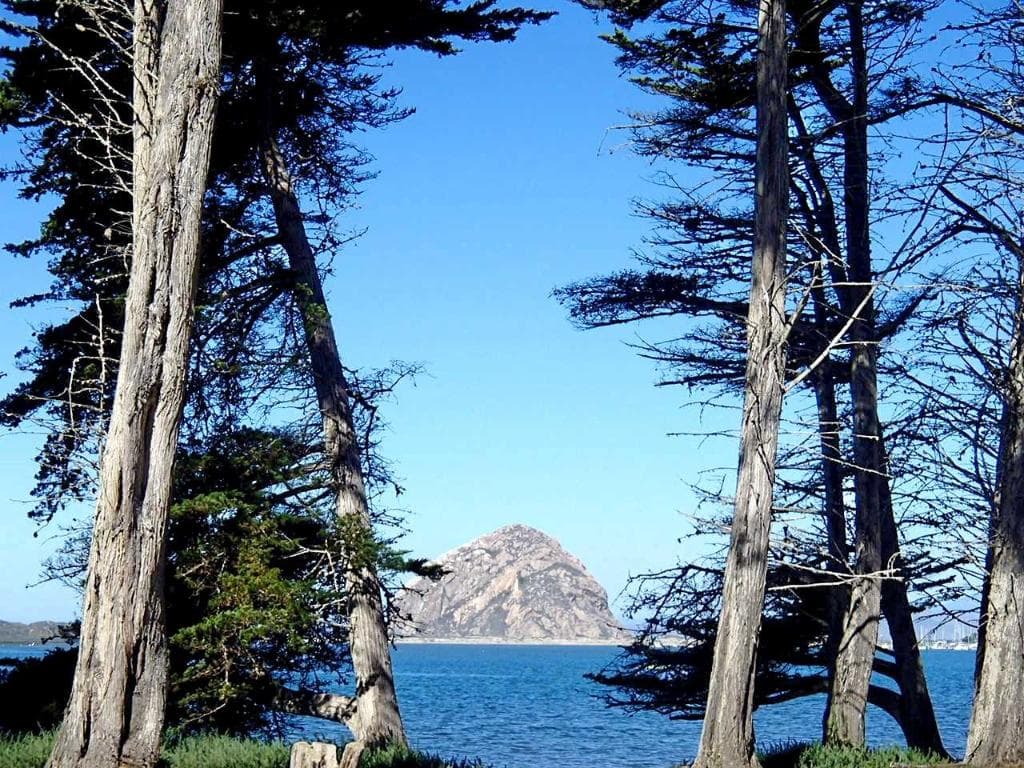
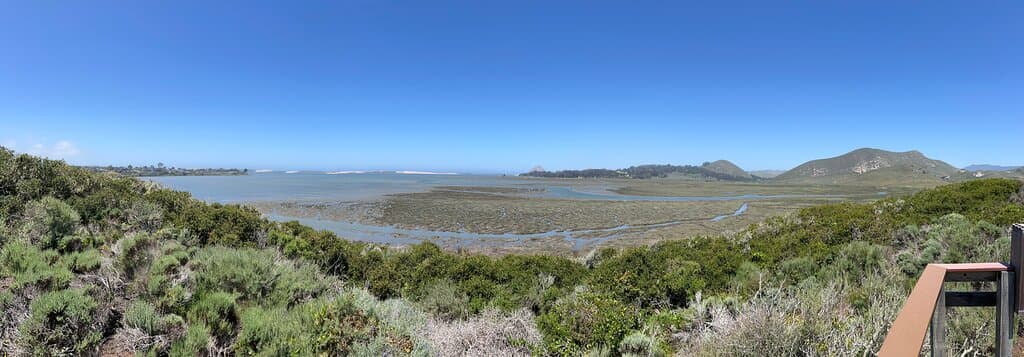
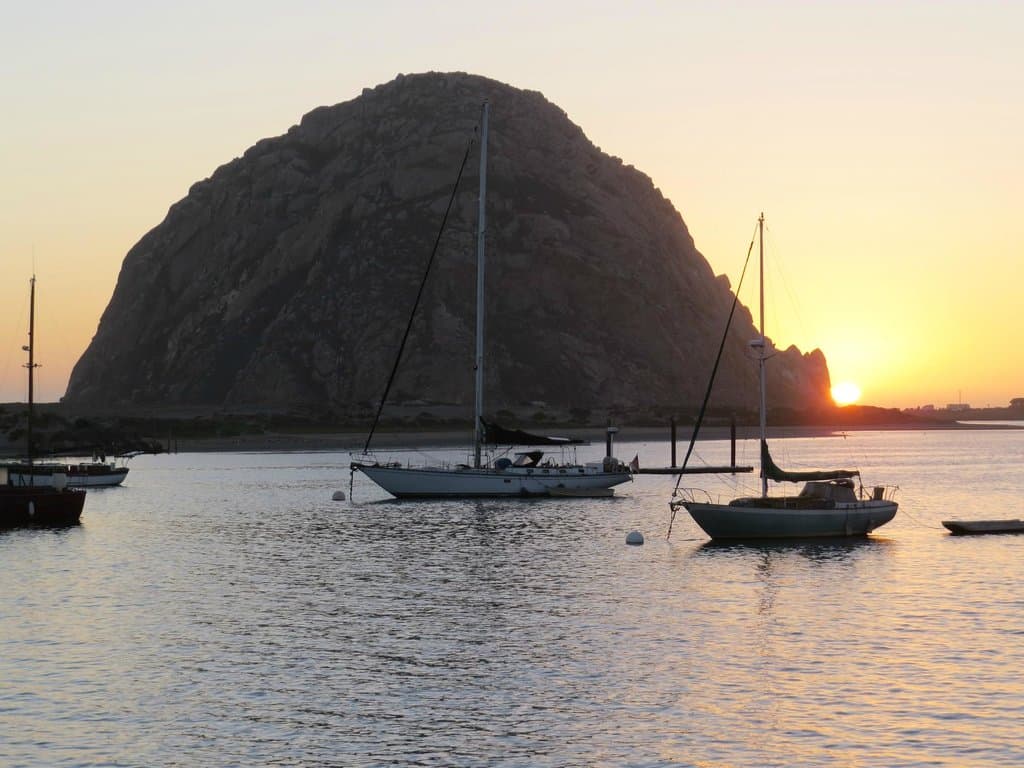
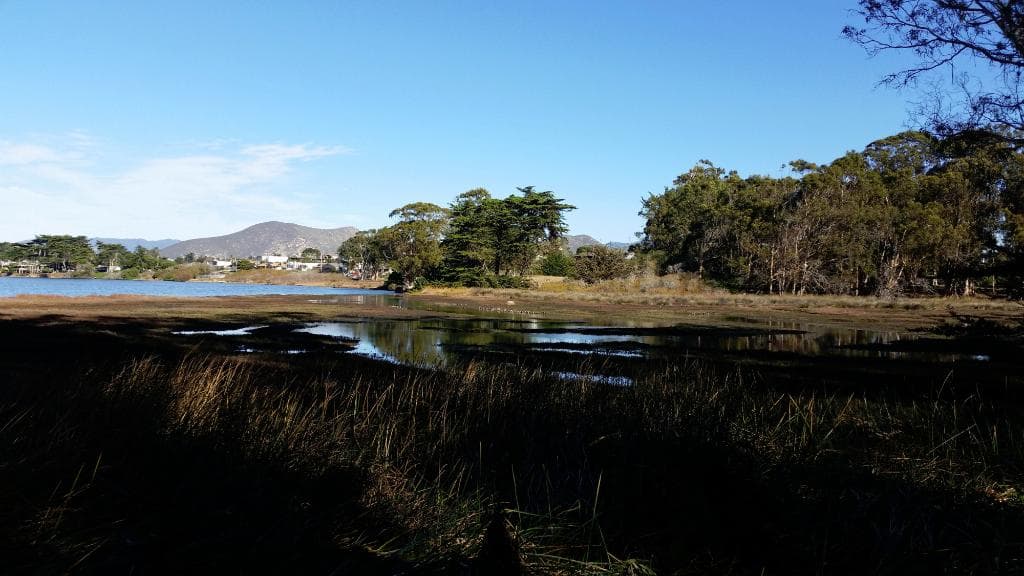

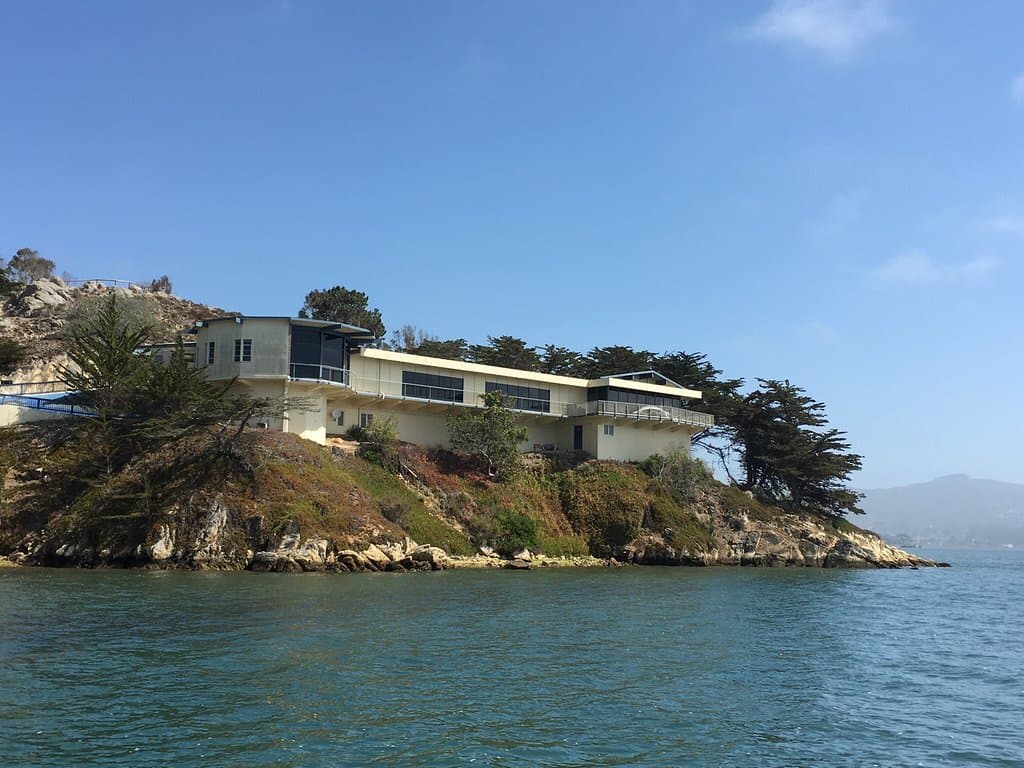
Social
from TikTok, Instagram & Reddit